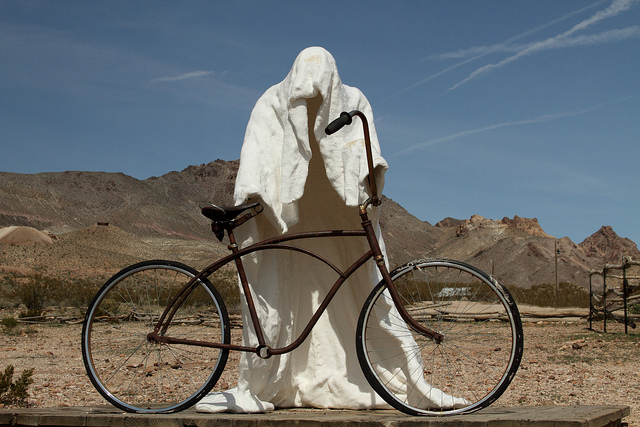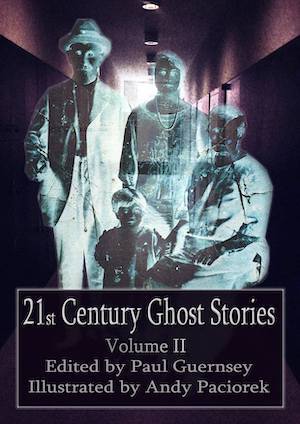
Image: Gabriel Millos
Keep Your Ghost, Demon, Or Monster Mysterious
A well-made ghost- or horror story is like a strip tease. In a story, however, rather than a living, lively human body being laid bare before its audience, the ultimate revelation has to do with the true nature and intentions of the supernatural entity the author has created. It is the quest toward this revelation that motivates both the story’s protagonist(s) and its readers. In the case of protagonists—unless the ghost, monster, or vampire is itself the protagonist—they’re questing for the knowledge they need to keep themselves or someone they care about safe; in the case of readers—provided you haven’t given everything away too early—they may be motivated to finish reading your story. . . .
In far too many supernatural tales, the author gives a head-to-toe description of his or her ghost, vampire, monster, demon, or zombie right at the beginning of the story, then tops it all off with a thorough list of the entity’s powers, weakness, and motivations. After that, there’s nothing left to discover, and the remainder of the story involves this (now all-too-predictable) being pursuing some hapless protagonist. The only thing left up in the air is which of them—haunter or haunted—ultimately is successful.
Remember to let your protagonists be a little bit like detectives, finding clues one after the other—never all at once—into the nature of the uncanny forces that have been arrayed against them.

